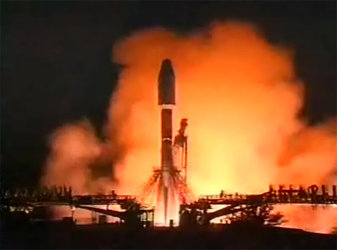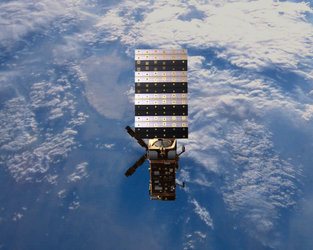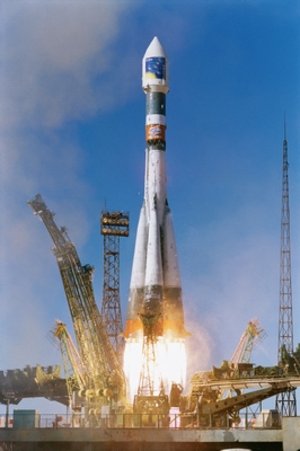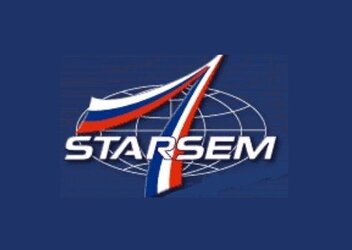ESA transfers operations of MetOp-A to EUMETSAT
ESA has handed control of the MetOp-A satellite over to the European Meteorological Satellite Organisation (EUMETSAT) after the successful completion of the launch and early orbit phase. MetOp-A was launched on 19 October 2006 from the Baikonur Cosmodrome in Kazakhstan, using a Soyuz ST rocket with a Fregat upper stage.
ESA’s European Space Operations Centre (ESOC) in Darmstadt, Germany, handled the launch and early orbit phase (LEOP) activities, which started with the first acquisition of MetOp-A after the separation from the Fregat upper stage, continued with the solar array release and deployment, the first attitude acquisition, the transition to geocentric and later to yaw steering pointing modes . These activities, including all the antennae deployments, satellite reconfigurations for routine operations and the performance of the first orbit control manoeuvres, were performed as planned and were highly successful.
To prepare for the transfer of operations, several orbits were used to confirm the operational readiness of the EUMETSAT Polar System (EPS) infrastructure, with the back-up support of ESOC’s operations team and facilities. After these verifications, the formal transfer of MetOp-A operations to EUMETSAT started with orbit 42. The ESOC team continues to be available to support MetOp-A basic operations for the coming two weeks should EUMETSAT experience heavy ground segment problems.
The first activities conducted by the EUMETSAT operations team will be related to the MetOp-A payload switch-on and to the in-orbit verification of the satellite. These satellite-level tests were defined and will be coordinated by a joint ESA-EUMETSAT team, with the support of the partner organisations CNES and NOAA for the relevant instruments. These MetOp-A in-orbit verification activities will last about 10 to 12 weeks, the duration being variable for each payload instrument, due to specific needs such as out gassing or raw data validation.















